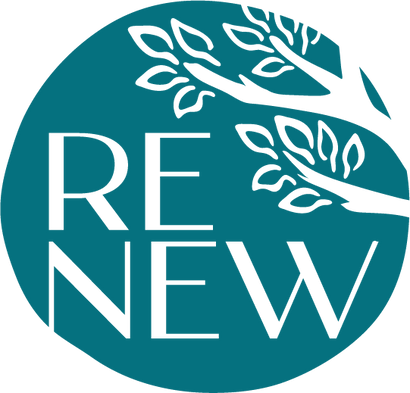Leadership Levers – with Dr. Carolyn Y. Woo
August 11, 2014

Who is on your team? What is your strategy? How can you simultaneously foster both accountability and cohesion? Dr. Carolyn Y. Woo, President and CEO of Catholic Relief Services, spoke with tremendous passion and insight on these crucial questions as she addressed Parish Catalyst’s Dynamic Discipleship gathering in Dallas, Texas, in July 2014. Her model for team leadership is based on the vivid metaphor of a leader as a pilot, positioned before a panel of levers, a host of options at their disposal. When someone takes on a leadership position, they have an entire panel of levers they can use. Dr. Woo encourages leaders to ask themselves, “What do these levers do? How do I use them to advance our team’s mission?”
Dr. Woo explained that to make changes that last—changes that, rather than being merely ad hoc or symbolic, meaningfully exceed your own leadership tenure—you need to apply your levers deftly. She outlined six levers that she believes are of utmost importance to effective team leadership:
1) Who is on your team? Do you know what you absolutely need on your team? What are your non-negotiable needs? Dr. Woo knows for herself she thrives with highly competent team members. (“Each member, in their particular area, has to be better than me…I want them to be better than me!”) Moreover, the suite of skills that the team members possess should be matched to the task at hand. Know your organization’s needs, and identify folks who can collectively met them. Additionally, every member of the team must value the task. Individuals who are deeply committed to the mission will step up to the problems that come their way, seek the best rather than the most common or familiar paths, reach beyond what they know from exploring and learning, and press through the challenges. They do not settle for “good enough.”
2) What is your strategy? This question brings the team’s direction into focus. Strategic planning helps a team go from the implicit to the explicit, from individual thoughts to collective understanding, from thoughts to action. In other words, planning is a stylized, systematic community conversation that bridges the gap between what individual team members are thinking to what the organization will actually embrace, act on, and accomplish. Today’s strategies foster tomorrow’s opportunities.
3) How do you hold people accountable? How do you evaluate performance? Most people shy away from performance evaluation, but doing so actually harms (a) the individual as who misses out on opportunities to improve and grow, (b) the team as other members must adjust to the gaps of the individual, or achieve less impact from their efforts, and (c) the organization in its ability to do the best for the people it serves. Dr. Woo warns leaders and teammates alike on the point of covering for people who are not a good fit for the requirements of their position: “If you’re doing someone else’s job, you’re not doing your own.”
4) How do you affirm? The first three levers are more analytical, intellectual, and less emotive in nature. Accordingly, they must be balanced with expressions of gratitude and recognition for work that is being done well. A team leader can promote morale and cohesion by openly affirming members’ achievements. Promote an environment that encourages people to root for one another’s successes and cut each other some slack for occasional errors or “bad days.” Celebrate and do fun things together. For example, in one of Dr. Woo’s previous positions, every Friday at 4pm the team would have a “mystery food” tasting (e.g., meatballs made from cereal).
5) How do you use structures and systems? Dr. Woo recommends thinking thought how you use structure to assign responsibility as well as achieve accountability and coordination. Structure is used to align responsibility with the location for decision-making, strategy with execution, and specialization with integration. In terms of systems, she described a model that she has used with success in which organization-level strategy, financial matters, and operation evaluations precede individual-level performance reviews. This system makes accountability thickly contextualized and linked to specific and actionable issues. It provides both a backward and forward view for performance evaluation. Accountability, thus, is not to be taken personally, like “I like you; I don’t like you.” Rather, it is directly aimed at how well we serve the organization’s mission.
6) How does your organization refresh itself through feedback and learning? How do agendas for learning reinforce directives? Dr. Woo cautioned that, as adults, our learning journey may easily slip into auto-pilot and become ad hoc. People settle in and stop learning in a systematic way. To protect your organization against this tendency, set a learning agenda for yourself and see to it that team members also have learning agendas for themselves. This practice ensures that skills and knowledge will remain relevant as new knowledge and frameworks develop.





